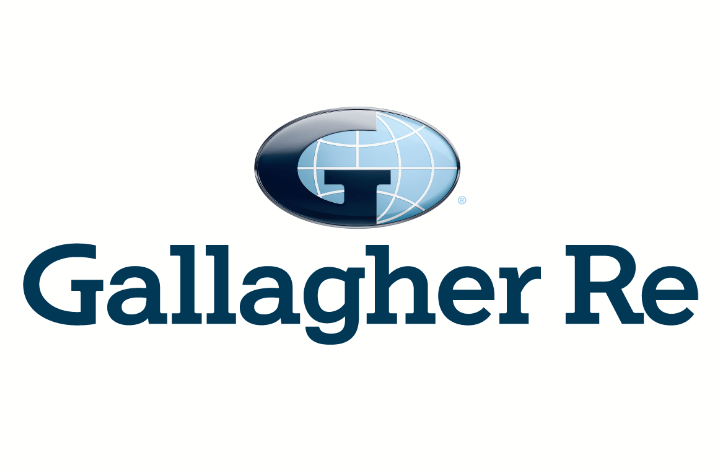Recent tort reforms in Florida have signaled a notable shift in the state’s property insurance market, with June’s reinsurance renewals also providing further evidence of the market’s recovery, according to broker Gallagher Re. In its latest whitepaper, the broker examines the significant measures Florida has made in reforming its property insurance landscape, as well as how recent tort reforms have not only addressed longstanding systemic issues but have also reshaped the legal and regulatory environment in a way that “brings greater balance, transparency and sustainability to the market.”
In its latest whitepaper, the broker examines the significant measures Florida has made in reforming its property insurance landscape, as well as how recent tort reforms have not only addressed longstanding systemic issues but have also reshaped the legal and regulatory environment in a way that “brings greater balance, transparency and sustainability to the market.”
Key changes such as the elimination of one-way attorney fees and Assignment of Benefits (AOB) for new policies have begun to help reduce litigation and improve market conditions overall.
Gallagher Re also outlined that property claims lawsuits have fallen significantly, returning to 2019 levels, while insurers are reporting stronger financial results and 14 new carriers have entered Florida since the reforms, according to the state’s insurance regulator.
However, the tort reforms have also led to shifts in the state’s reinsurance market.
“2025’s June 1 reinsurance renewal period provided further evidence of this recovery. Carriers enjoyed a risk-adjusted price decrease of 10.7% overall on their reinsurance, according to Gallagher Re’s data,” the whitepaper reads.
“Decreases were achieved across all layers, and insurers were also able to remove some unfavorable terms and conditions, as well as reducing retentions.”
The paper also noted: “The impact of the reform is now being recognized by reinsurers, as the recent 6.1.25 renewals brought the first significant rate decrease in several years. This will help continue to stabilize primary market rates or even decrease them moving forward.”
Gallagher Re explains that the reforms have led to a more stable and attractive insurance market in Florida, which has helped encourage carriers and reinsurers to refocus on growing their businesses or re-enter the market if they had previously pulled back.
“Reinsurers who previously scaled back their operations in Florida, or even exited the market, are now reconsidering those positions. The legal reforms have doubtless contributed to their increased confidence, creating a perception that Florida is a more manageable and attractive opportunity,” the broker said.
Gallagher Re also stressed that as reinsurers headed into 2025, they acknowledged the improvements that were made in Florida’s legal environment and were receptive to factoring this into pricing discussions.
As well as this, the catastrophe bond market also provided a capacity boost, helping to keep the market competitive.
Major hurricanes Helene and Milton, both of which struck Florida in September-October 2024, also provided a useful test case for the reforms’ efficacy, according to Gallagher Re.
Many insurers ceded losses on layers below Florida’s catastrophe fund, but despite this, there was more reinsurance capacity than expected available for these layers.
Moreover, after a year of seeing primary insurer results improve, reinsurers have now adjusted their view of risk and lowered rates, as was seen at this year’s renewal.
The combination of reduced reinsurance rates and lower loss ratios are increasing retained earnings and helping attract new capital, enabling existing players to grow their businesses and attracting new entrants back to the Florida market.
Florida’s improved market environment is also noteworthy for the insurance-linked securities (ILS) space, as Florida is the most important market for that sector, due to it being one of the key geographies that helps define how the catastrophe bond and ILS space functions globally.
To conclude, Gallagher Re said, “The Florida reinsurance market has experienced a welcome stabilization in recent years. The number of lawsuits is falling and the Floridian authorities are clear that the 2022-23 reforms are working. Price reductions at the 6.1.25 renewal appear to confirm that the reinsurance market is increasingly convinced.
“Clearly, it is time for both carriers and reinsurers that might have stayed on the sidelines in recent years to take a fresh look at this market, if they have not done so already. The same is true for insurance capital markets, which have already provided a welcome boost to competition in the Sunshine State’s reinsurance market in recent years.”
Another signal of the continued improvements in market conditions in Florida came in our story yesterday about Citizens Property Insurance Corporation’s ongoing exposure reduction as the private insurance market takes on increasing numbers of policies from the insurer of last resort.



